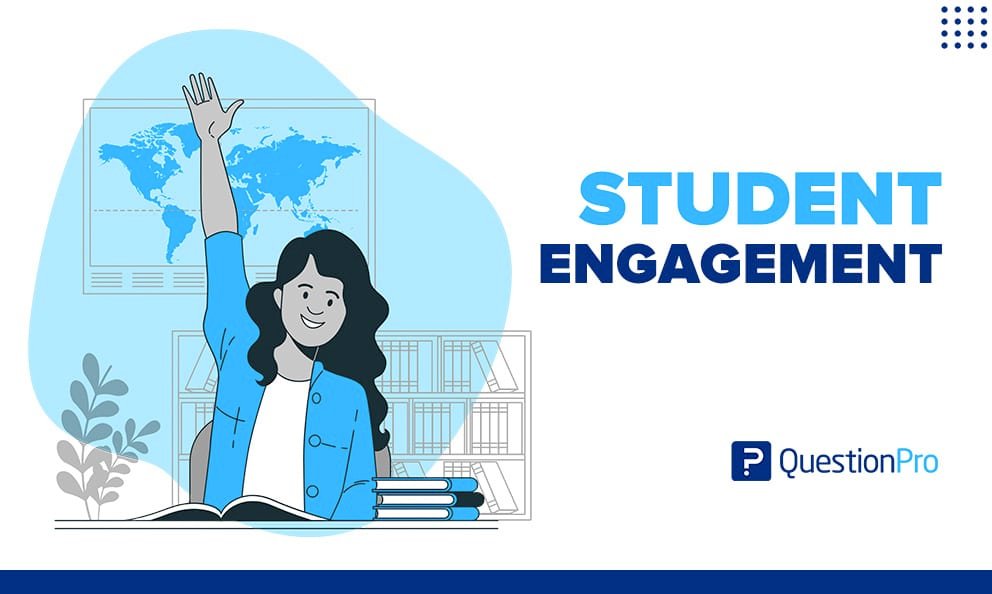The Importance of Student Engagement
Student engagement is a crucial aspect of the learning process. When students are actively engaged in their education, they are more likely to be motivated, focused, and successful. Engaged students are not only more likely to retain information and develop critical thinking skills, but they also have a better overall learning experience.
Creating a Positive Learning Environment
One of the key factors in student engagement is creating a positive learning environment. When students feel safe, supported, and valued, they are more likely to actively participate in their education. Here are some techniques to create a positive learning environment:
1. Establish Clear Expectations
Clearly communicate your expectations to your students from the beginning. Let them know what you expect in terms of behavior, participation, and effort. This will help set a foundation for a positive learning environment.
2. Foster a Sense of Belonging
Make an effort to create a sense of belonging in your classroom. Encourage collaboration and teamwork, and create opportunities for students to get to know and support each other. When students feel like they belong, they are more likely to engage in the learning process.
3. Provide Support and Feedback
Offer support and feedback to your students regularly. Provide constructive criticism and praise when appropriate. This will help students feel valued and motivated to continue their learning journey.
Active Learning Techniques
Active learning techniques are an effective way to engage students and promote deeper understanding of the subject matter. Here are some techniques you can incorporate into your teaching:
1. Group Discussions
Encourage students to participate in group discussions. This allows them to share their ideas, learn from their peers, and develop their communication skills. Provide guiding questions or prompts to keep the discussion focused and productive.
2. Problem-Based Learning
Present students with real-world problems or scenarios that require critical thinking and problem-solving skills. This approach encourages students to actively engage with the material and apply their knowledge in practical ways.
3. Hands-On Activities
Incorporate hands-on activities into your lessons to make them more interactive and engaging. This could involve experiments, simulations, or project-based learning. Hands-on activities help students connect theory with practice and enhance their understanding of the subject matter.
Technology Integration
Incorporating technology into your teaching can significantly enhance student engagement. Here are some ways you can integrate technology into the classroom:
1. Interactive Presentations
Use interactive presentation tools to make your lessons more engaging. These tools allow you to incorporate multimedia elements, quizzes, and interactive activities to keep students actively involved in the learning process.
2. Online Discussion Platforms
Utilize online discussion platforms or learning management systems to facilitate virtual discussions and collaboration. These platforms provide a space for students to share their thoughts, ask questions, and engage in meaningful conversations outside the classroom.
3. Gamification
Introduce gamification elements into your lessons to make them more enjoyable and motivating. Gamification involves incorporating game-like elements, such as points, badges, and leaderboards, into the learning process. This can increase student engagement and motivation.
Assessment and Feedback
Effective assessment and feedback practices are essential for student engagement. Here are some techniques to consider:
1. Formative Assessment
Incorporate formative assessments throughout the learning process to monitor student progress and understanding. This could include quizzes, class discussions, or short writing assignments. Formative assessments provide timely feedback and help students identify areas for improvement.
2. Varied Assessment Methods
Use a variety of assessment methods to cater to different learning styles and preferences. This could include written assignments, presentations, group projects, or even multimedia projects. Offering a range of assessment options allows students to showcase their knowledge and skills in different ways.
3. Timely and Constructive Feedback
Provide timely and constructive feedback to your students. This helps them understand their strengths and weaknesses and guides them in their learning journey. Be specific in your feedback and offer suggestions for improvement.
Building Relationships with Students
Building positive relationships with your students is crucial for student engagement. When students feel connected to their teacher, they are more likely to be engaged and motivated to learn. Here are some strategies to build relationships with your students:
1. Get to Know Your Students
Take the time to get to know your students on a personal level. Learn about their interests, goals, and challenges. This shows that you care about them as individuals and helps you tailor your teaching to their needs.
2. Show Empathy and Support
Show empathy and support to your students. Be understanding of their struggles and challenges, and offer assistance when needed. This creates a supportive and nurturing environment where students feel comfortable taking risks and asking for help.
3. Celebrate Achievements
Recognize and celebrate your students’ achievements, both big and small. This could be through verbal praise, certificates, or other forms of acknowledgment. Celebrating achievements boosts students’ self-esteem and motivates them to continue their efforts.
Conclusion
Student engagement is vital for effective learning and academic success. By creating a positive learning environment, incorporating active learning techniques, integrating technology, implementing effective assessment and feedback practices, and building relationships with students, you can enhance student engagement and create a more meaningful learning experience for your students.
